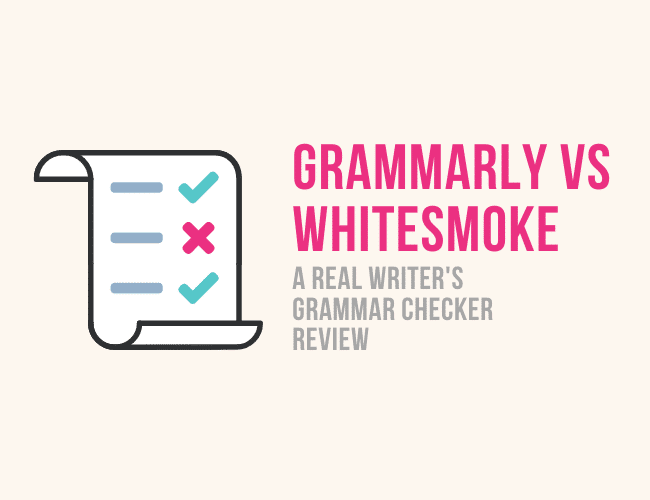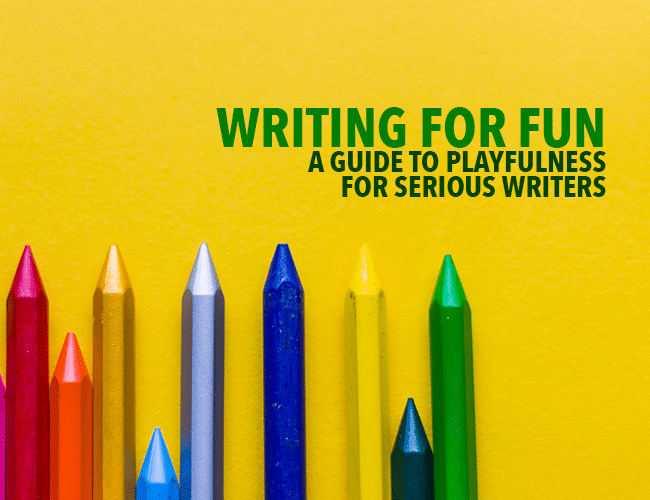
by Joslyn Chase |
Coming up with a story idea isn’t hard. Coming up with a story idea that hits it out of the park, fires on all cylinders, and has never been done before is. In fact, it’s the equivalent of winning the lottery—an unlikely event that can burn up your resources if you’re not careful.

by Joe Bunting |
Before we talk about the concept of constrained writing and tell you how it works, let me ask you this: Have you ever opened a new blank document to write, stared at it for far too long, and then realized you have no ideas, that your mind is as blank as the page you’re trying to write on? What if you could double or triple the number of ideas you have, not by doing something extra but by taking something away?
That’s what constrained writing is about: taking away options so that you can actually be more creative.

by Brendan Hufford |
There are so many editing tools out there these days, it’s hard to keep track of the best ones. Two editing software solutions you may have heard of are WhiteSmoke and Grammarly.
In this article, we’ll compare the two options and see which is the best choice for you.

by Sue Weems |
Can you steal ideas from other stories? What if someone steals your ideas? In fact, are your ideas even good enough at all? If you’ve ever asked questions like these, I have good news for you.

by Sue Weems |
Writing is a lot of work, and there are definitely parts of the process that aren’t fun. But if writing has become a drudgery, if it’s become something you dread every day, then maybe it’s time for a little play to reinvigorate your love for writing. What if you were writing for fun?

by Sue Weems |
If anxiety, boredom, overwhelm, or (ahem) listlessness have paralyzed your creative work, here’s a quick writing exercise to get you going again: 1. Make a list. 2. Repeat.





